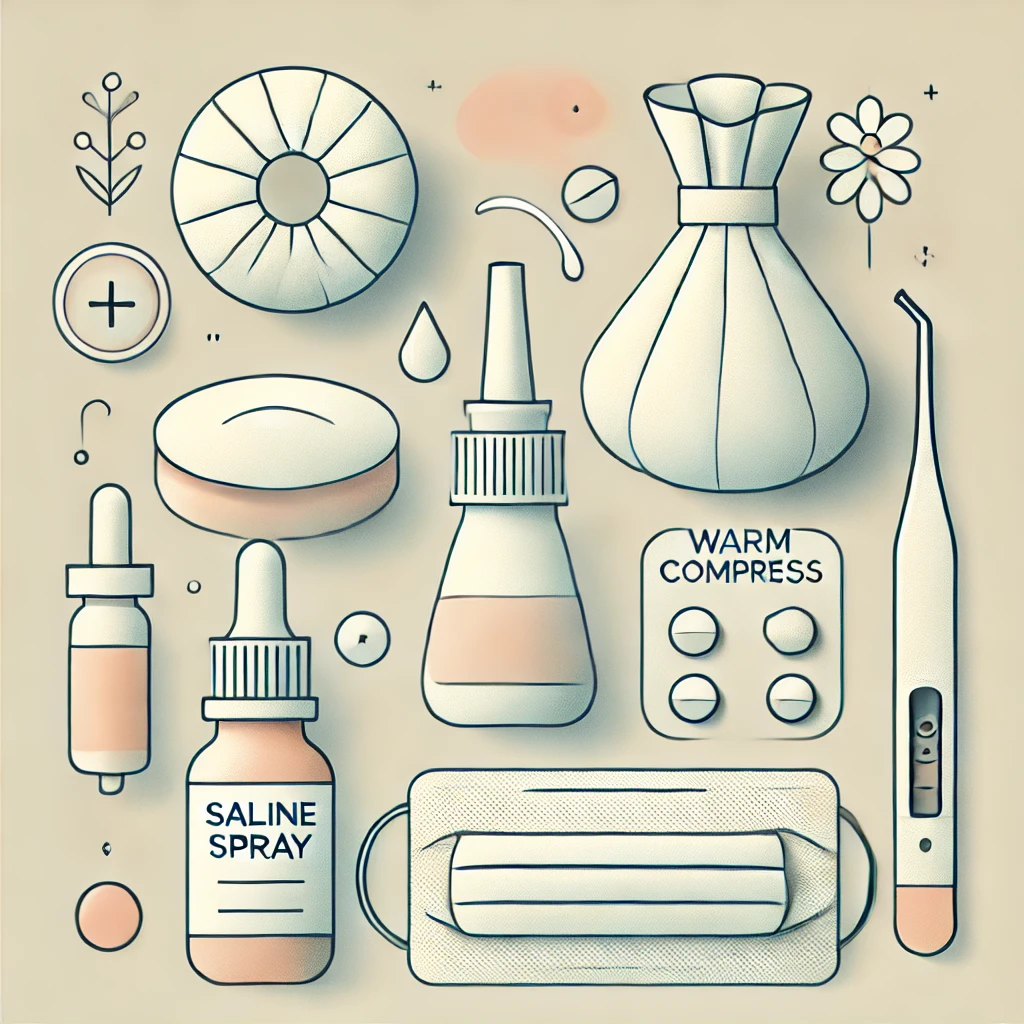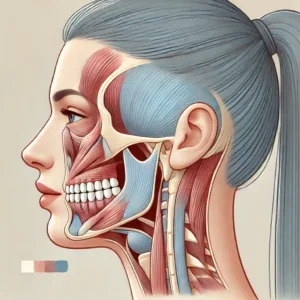Nasal Vestibulitis Treatment at Home: A Comprehensive Guide
Table of Contents

Nasal Vestibulitis Treatment at Home: A Comprehensive Guide
Nasal vestibulitis, though a relatively minor condition, can cause significant discomfort. Characterized by inflammation at the opening of the nostrils, this condition often stems from bacterial infections or physical irritations. While medical intervention is sometimes necessary, there are effective home treatments and preventive measures to manage and alleviate the symptoms.
In this blog, I’ll guide you through understanding nasal vestibulitis, its causes, symptoms, and how to treat it effectively at home. Written with both expertise and empathy, this guide aims to make the condition approachable, relatable, and manageable for anyone seeking relief.
What Is Nasal Vestibulitis?
Nasal vestibulitis is an inflammatory condition that affects the nasal vestibule—the area just inside the nostrils. It’s typically caused by a bacterial infection, most commonly from Staphylococcus aureus, or due to trauma, such as excessive nose-picking or frequent nose-blowing during a cold.
Symptoms of Nasal Vestibulitis
Recognizing the symptoms early can help you manage the condition effectively. Common symptoms include:
- Redness and swelling at the nostril openings.
- Pain or tenderness, especially when touching the affected area.
- Crusting or scabbing inside the nose.
- Bleeding from the irritated nasal lining.
- In more severe cases, small pustules or abscesses may develop.
If you’re experiencing fever or the swelling spreads, it’s a sign you may need professional medical intervention.
Causes of Nasal Vestibulitis
Understanding what triggers nasal vestibulitis is essential for effective treatment and prevention. Common causes include:
- Bacterial Infections
The most frequent culprit is Staphylococcus aureus, a bacterium that lives on the skin but can cause issues when it enters irritated or damaged nasal tissue. - Physical Trauma
Repeated nose-picking, aggressive blowing, or using harsh tissues can irritate the delicate nasal lining. - Frequent Nose-Blowing
Often during colds or allergies, excessive nose-blowing can damage the nasal lining, creating an entry point for bacteria. - Use of Nasal Sprays or Devices
Improper or frequent use of nasal sprays or poorly sanitized nasal devices can also contribute to irritation and infection. - Underlying Skin Conditions
Conditions like eczema or dermatitis can increase susceptibility to nasal vestibulitis.
Effective Home Treatments for Nasal Vestibulitis
While mild cases of nasal vestibulitis often resolve on their own, these home remedies can accelerate healing and reduce discomfort.
1. Warm Compresses
- Why it helps: Heat improves blood flow, helping reduce inflammation and promoting healing.
- How to use: Soak a clean cloth in warm (not hot) water, wring out excess water, and apply it to the affected area for 5–10 minutes. Repeat 2–3 times daily.
2. Topical Antibiotics
- Why it helps: Antibiotic ointments like mupirocin or over-the-counter alternatives target bacterial infections directly.
- How to use: Apply a small amount inside the nostrils using a cotton swab or clean finger. Do this twice daily.
3. Saline Nasal Rinse
- Why it helps: Saline rinses cleanse the nasal passages and keep the area moist, reducing irritation.
- How to use: Use a pre-made saline spray or mix 1 teaspoon of salt with 1 cup of warm boiled water. Gently irrigate your nostrils using a bulb syringe.
4. Avoid Irritants
- Why it helps: Allowing the nasal tissue to heal without further irritation is key.
- How to use: Avoid nose-picking, harsh tissues, or excessive rubbing.
5. Stay Hydrated
- Why it helps: Staying hydrated supports overall skin health and helps maintain moisture in the nasal passages.
- How to use: Drink plenty of water and use a humidifier in dry environments.
6. Turmeric and Honey Mixture
- Why it helps: Turmeric has anti-inflammatory properties, while honey is antibacterial.
- How to use: Mix a pinch of turmeric with honey to form a paste. Apply it gently to the affected area once daily.
What Not to Do: Important “Don’ts”
Certain actions can worsen the condition or prolong healing:
- Don’t Pick at Scabs
Picking disrupts the healing process and can lead to further infection. - Don’t Overuse Antibiotics
Excessive or improper use of antibiotics can lead to resistance. - Don’t Ignore Severe Symptoms
If swelling spreads or you experience fever, consult a healthcare provider immediately.
When to Seek Medical Attention
While home remedies are effective for mild cases, there are times when professional intervention is necessary:
- If you notice persistent or worsening swelling.
- If fever accompanies the symptoms.
- If you develop abscesses or spreading redness.
- If the condition doesn’t improve within 7–10 days of home treatment.
Preventing Nasal Vestibulitis
Prevention is better than cure, and these simple strategies can reduce your risk of developing nasal vestibulitis:
- Practice Gentle Hygiene
Clean your nostrils gently with a saline rinse rather than using aggressive methods. - Avoid Nose-Picking
Trim nails and teach children about gentle nose care to minimize trauma. - Use Soft Tissues
Opt for soft, hypoallergenic tissues to avoid irritation during colds or allergies. - Keep Skin Healthy
Manage underlying conditions like eczema with moisturizing ointments or prescribed treatments. - Sanitize Nasal Devices
If you use nasal sprays or devices, clean them regularly to prevent bacterial buildup.
Frequently Asked Questions (FAQ)
1. Is nasal vestibulitis contagious?
No, the condition itself isn’t contagious. However, the bacteria causing the infection can be spread through contact, so maintaining hygiene is essential.
2. Can nasal vestibulitis resolve on its own?
Yes, mild cases often heal naturally, especially with proper care and hygiene.
3. How long does it take to heal?
With home treatment, symptoms usually improve within 5–7 days. Severe cases may take longer or require antibiotics.
4. Are there natural remedies I can try?
Yes, warm compresses, saline rinses, and turmeric-honey mixtures are excellent natural remedies.
Conclusion
Nasal vestibulitis, while uncomfortable, is manageable with the right care and preventive measures. By addressing the causes, symptoms, and treatment options, this guide aims to empower you with the knowledge to tackle the condition effectively. Whether through home remedies or professional care, you can take steps to heal and protect your nasal health.
Remember, a healthy nose is key to overall well-being. Treat it with care, and it will take care of you!












Post Comment